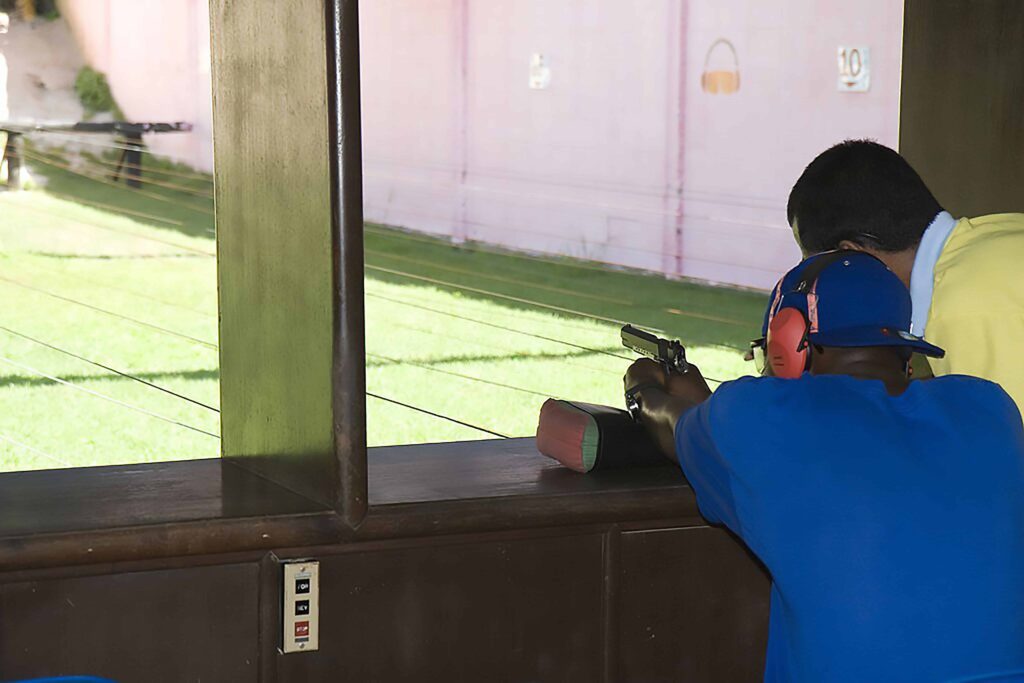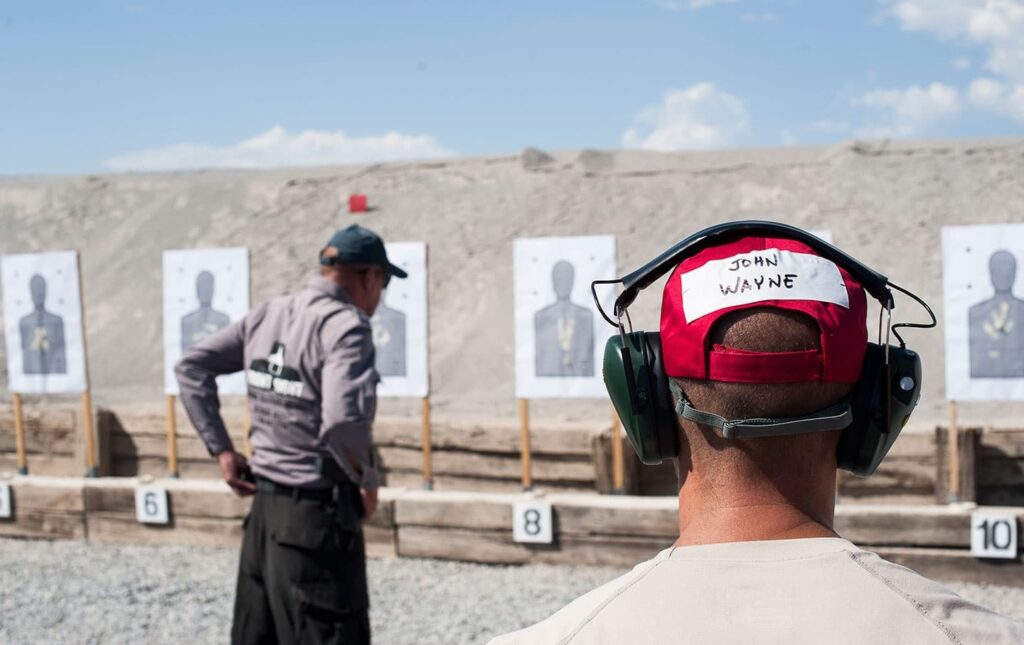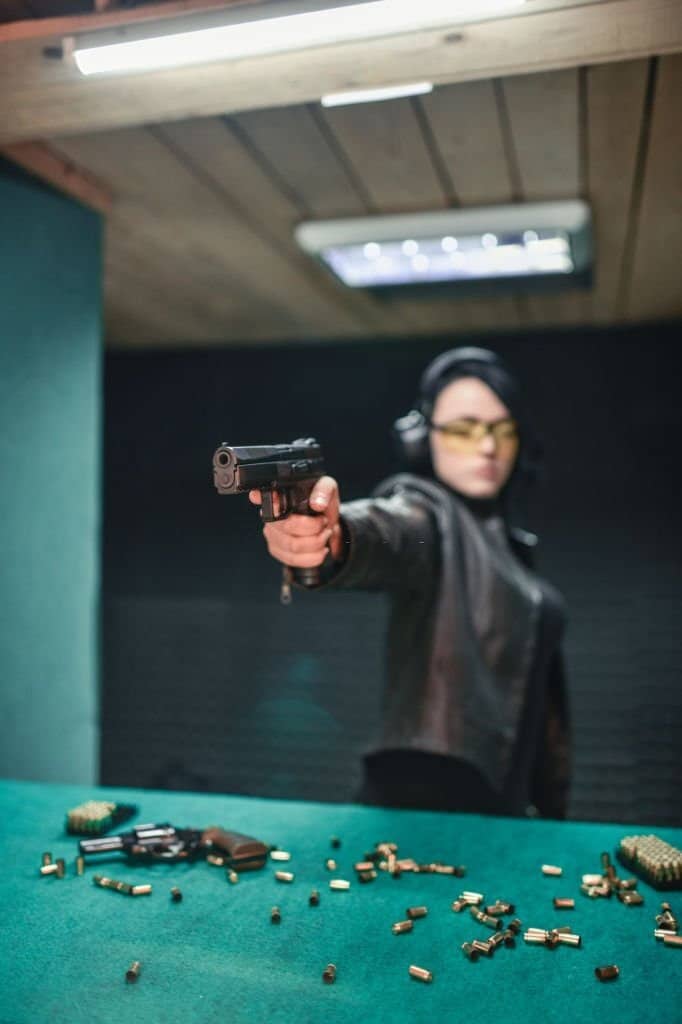Contrary to what you may see in the movies, firearms training is not all about shooting targets. There are several important Methods of Firearm training that you will learn during firearms training. These include safety procedures, how to hold and fire a weapon, and how to properly clean and store a firearm. In this blog post, we will discuss some of the most important things that you will learn in firearms training.
1) How to safely handle and shoot a gun:
Firearms training typically starts with how to safely handle and shoot a gun. This includes learning the parts of a gun, how to load and unload it, how to check if it is loaded, and how to safely fire it. Students also learn about proper stance and grip when shooting, as well as how to aim properly.
This portion of firearms training can be quite extensive, depending on the level of instruction you receive. You may spend hours practicing dry firing (firing a gun with no ammunition) at home before ever stepping foot in a range. And once you start shooting live rounds, you’ll likely be doing so under close supervision by an instructor until you’ve proven that you can handle yourself safely around firearms.

There’s a lot to learn when it comes to safely handling firearms, but it’s important information to know if you ever plan on owning or using a gun.
2) How to clean and maintain your gun:
Another important aspect of firearms training is learning how to properly clean and maintain your gun. This includes disassembling the gun, cleaning all the parts, and putting it back together again. You’ll also learn how to oil and lubricate the moving parts of the gun, as well as how to store it safely when not in use.
Cleaning and maintaining your gun is important in order to keep it functioning properly and to prevent rust or other damage. It’s also a good way to familiarize yourself with the different parts of the gun so that you can more easily troubleshoot any problems that may arise.
Even if you never plan to fire a gun, it’s still a good idea to learn how to clean and maintain it. That way, you’ll be prepared in case of an emergency.
3) How to shoot accurately:
One of the most important skills you learn in firearms training is how to shoot accurately. This includes learning how to aim properly and control your breathing. It also involves practice, lots and lots of practice.
The best way to improve your accuracy is by shooting regularly at a target range. You’ll also want to vary your targets, shooting both stationary and moving ones. And don’t forget about dry firing; this is a great way to improve your accuracy without wasting any ammunition.
In order to be an effective shooter, you need to have skill, confidence, and discipline. Firearms training will help you develop all of these qualities.
4) How to shoot in self-defense:
In addition to learning how to shoot accurately, you’ll also learn how to shoot in self-defense. This includes knowing when and how to use your gun in a defensive situation. You’ll learn about the legal aspects of self-defense, as well as proper gun safety and handling.
You’ll also learn about different shooting techniques, such as the Mozambique Drill and the Failure Drill. These techniques are designed to help you quickly and efficiently take down an attacker.
With proper firearms training, you can be prepared for any self-defense situation that may arise.
5) How to react during a shooting:
One thing that you learn in firearms training is how to react during a shooting. This includes knowing what to do when you hear gunshots and how to respond when someone shoots at you.
You’ll also learn about the different shootings, such as active shooter situations and hostage situations. And you’ll learn about the dangers of both concealed and open carry.
It’s important to be prepared for any type of shooting situation so that you can act quickly and effectively. Firearms training will help you do just that.
Conclusion:
So, what does firearms training entail? It’s a lot more than just learning how to shoot accurately. You’ll also learn about gun safety and handling, cleaning and maintaining your gun, self-defense shooting techniques, and how to react during a shooting.
It’s important to receive proper firearms training before owning or using a gun. This training will help you stay safe while handling firearms and enable you to respond effectively in any type of shooting situation.


